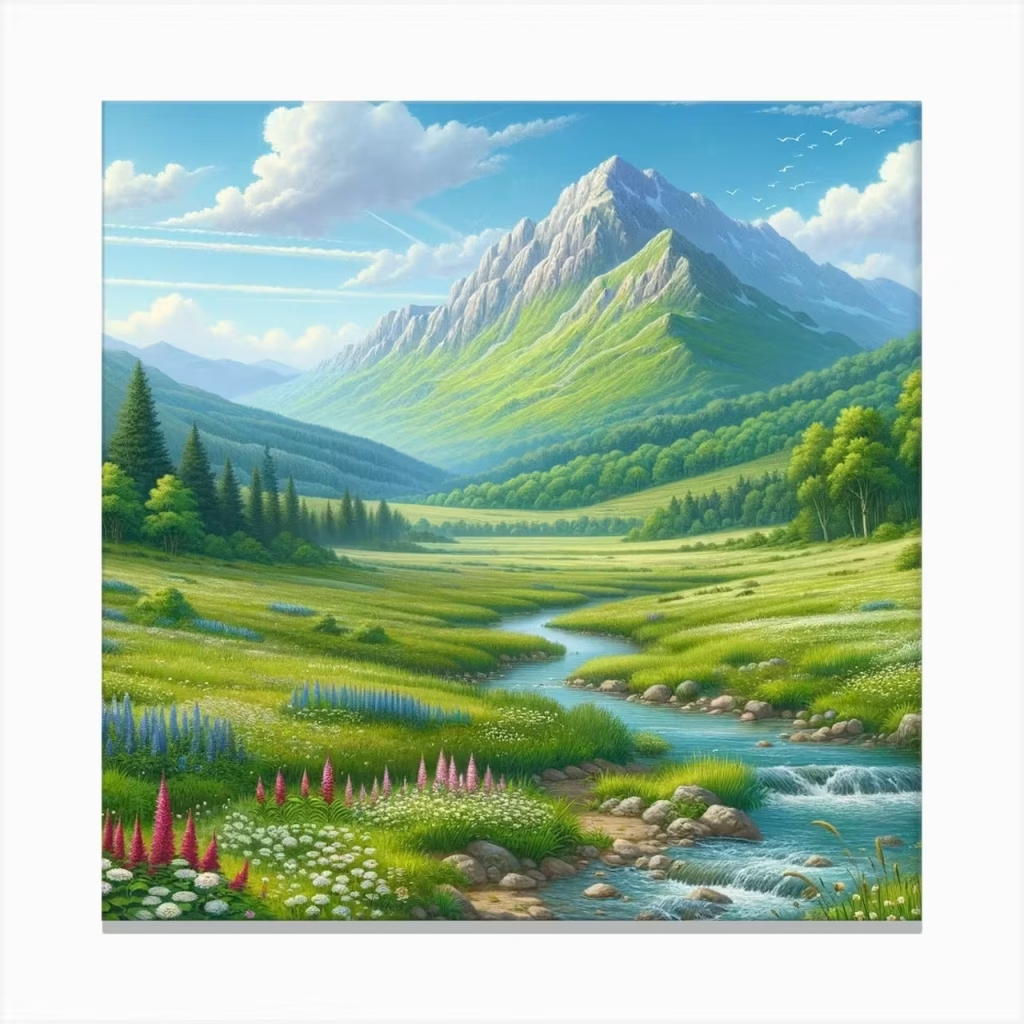Himalaya Painting: Capturing the Majesty of the Mountains
Himalaya painting is an artistic tradition inspired by the awe-inspiring landscapes, cultural richness, and spiritual essence of the Himalayan region. These paintings often depict the towering snow-capped peaks, serene valleys, vibrant flora, fauna, and the spiritual harmony associated with the Himalayas.

Themes and Inspirations
Himalaya paintings encompass a wide range of themes, reflecting the natural beauty and cultural diversity of the region:
- Mountain Landscapes: The towering peaks of Mount Everest, Annapurna, and Kanchenjunga are popular subjects, portrayed in stunning detail and vibrant hues.
- Spiritual Symbolism: Many paintings incorporate religious motifs, such as stupas, prayer flags, and monasteries, symbolizing peace and devotion.
- Life in the Himalayas: Paintings often depict traditional Himalayan villages, shepherds, yak caravans, and everyday life in the region.
- Seasons and Atmosphere: Artists capture the changing moods of the Himalayas, from lush green monsoons to the stark whiteness of winter.
Styles and Techniques
- Realistic Art: These paintings focus on capturing the fine details and natural grandeur of the mountains and landscapes.
- Impressionistic Style: Artists use vibrant colors and expressive brushstrokes to evoke the beauty and mystique of the Himalayas.
- Traditional Thangka Art: Originating from Tibet and Nepal, Thangka paintings are intricate scroll paintings depicting Buddhist deities, mandalas, and Himalayan landscapes.
- Abstract Interpretation: Some modern artists represent the Himalayas through abstract forms and symbolic representations.
Materials Used
Himalaya paintings are created using a variety of mediums:
- Oil Paint: To add depth and texture to mountain scenes.
- Watercolor: Ideal for capturing the delicate hues and fluid atmosphere of the region.
- Acrylic: For vibrant, long-lasting colors.
- Natural Pigments: Used in traditional Thangka art for authenticity.
Cultural and Spiritual Significance
Himalaya paintings often carry spiritual and emotional significance. They are seen as a tribute to the region’s majestic beauty and its role as the home of diverse cultures and spiritual practices. For many, these paintings evoke feelings of peace, adventure, and a connection to nature.
Global Appeal
Himalaya paintings have gained popularity worldwide for their ability to transport viewers to the serene and majestic mountain ranges. They are celebrated in art galleries, exhibitions, and as souvenirs for travelers visiting the Himalayas.
Conclusion
Himalaya painting is not just an art form but a homage to one of the world’s most breathtaking landscapes. Whether traditional or contemporary, these paintings celebrate the splendor, culture, and spirit of the Himalayas, making them timeless treasures for art enthusiasts and nature lovers alike.
